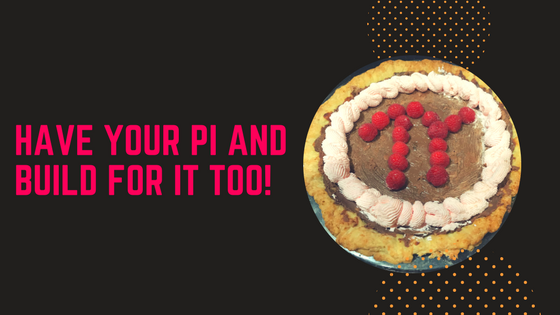Born in Slovenia, at the age of 6 Richard Klingler moved to Switzerland where he lives today. Richard started coding around 16, though he jokes…
Comments closedTag: IoT
December 3rd kicks off Computer Science Education Week 2018! Computer Science Education Week is held in early December every year in recognition of the birthday of computing pioneer Admiral Grace Hopper. Alongside this is the Hour of Code promotion where schools throughout the world get students to try at least 1 hour of programming at some point during the week.
Each year for Hour of Code, I volunteer at the local Middle School to talk to the students about what it is like to be a programmer and do a little bit of programming. This year I plan to demonstrate Xojo Dojo with a Raspberry Pi and show the kids how much fun coding and Xojo programming can be.
Comments closedStarting with Xojo 2018r1, your Xojo apps require the libunwind8 library to be installed on your Raspberry Pi. Here’s how to update your Pi.
Comments closedIn honor of Pi Day 2018, Xojo Pi licenses will be free! Xojo Pi licenses allow you to build console apps for Linux ARM for use with Raspberry Pi 2 and Raspberry Pi 3.
Comments closedThe latest version of Raspbian, the operating system for the Raspberry Pi, was released in August. It’s called Raspbian Stretch and you can read more about it from the official launch blog post, Raspbian Stretch has arrived.
Comments closedYou can develop and build console and desktop apps for the Raspberry Pi using Xojo 2019r1 or later for free.
Download Xojo today and get started with this simple music player app for your Raspberry Pi that can play mp3 and aac (m4a) files from a folder.
Comments closedOn Monday February 29th, the Raspberry Pi Foundation announced the new Raspberry Pi 3. This updated Pi has some significant improvements over the Pi 2, including:
- A 1.2GHz 64-bit quad-core ARM Cortex-A53 CPU (~10x the performance of Raspberry Pi 1)
- Integrated 802.11n wireless LAN and Bluetooth 4.1
- Complete compatibility with Raspberry Pi 1 and 2
That last bullet point is notable because it means that Xojo is also fully compatible with the new Raspberry Pi 3!
Comments closedBjorn at Einhugur has created a bunch of tutorials for projects you can create using Xojo and a Raspberry Pi.
Comments closedIn order to interface with the Raspberry Pi, you often want to use the General Purpose Input/Output (GPIO) port. It is easy enough to connect a broadboard to the port, but how do you write Xojo code that can talk to the port?
Comments closed


